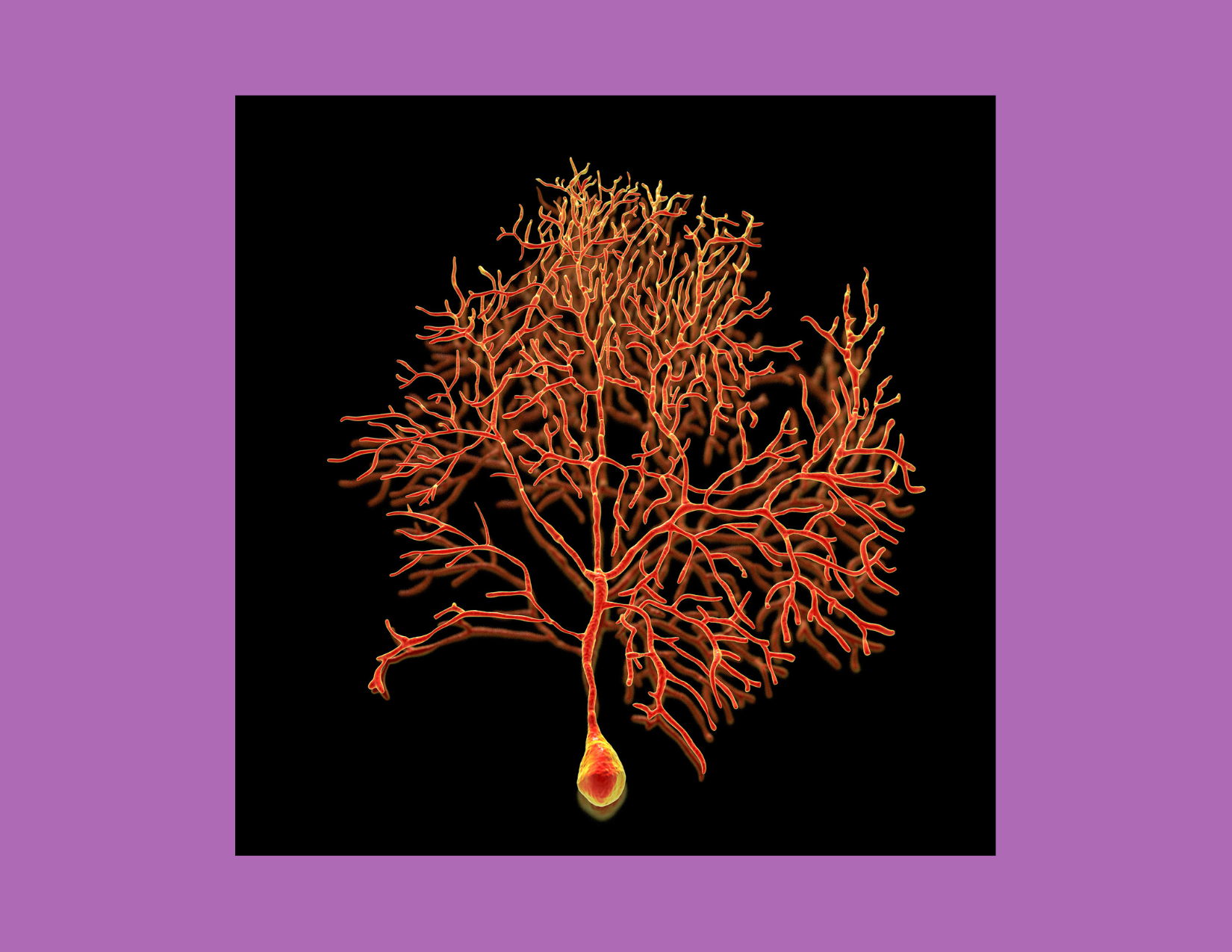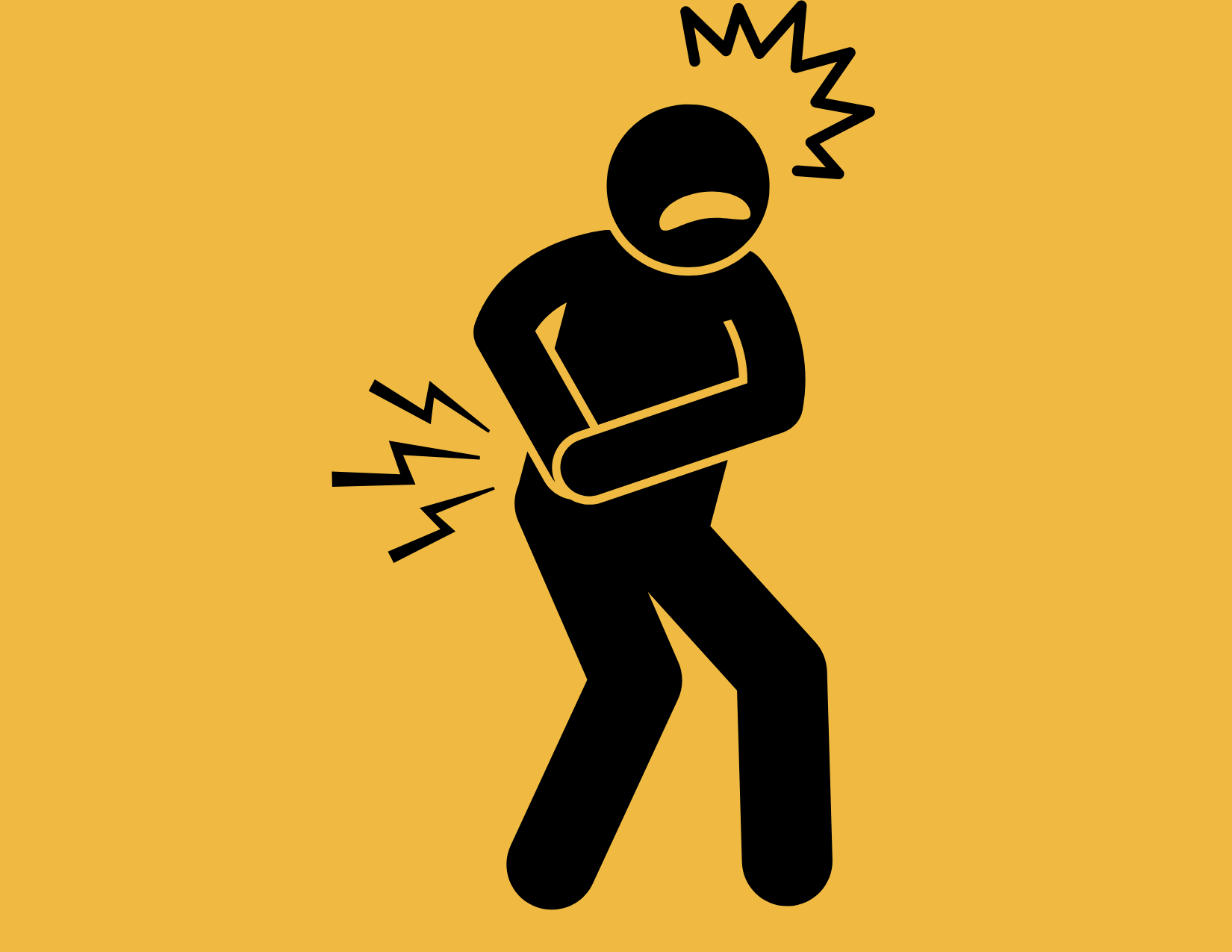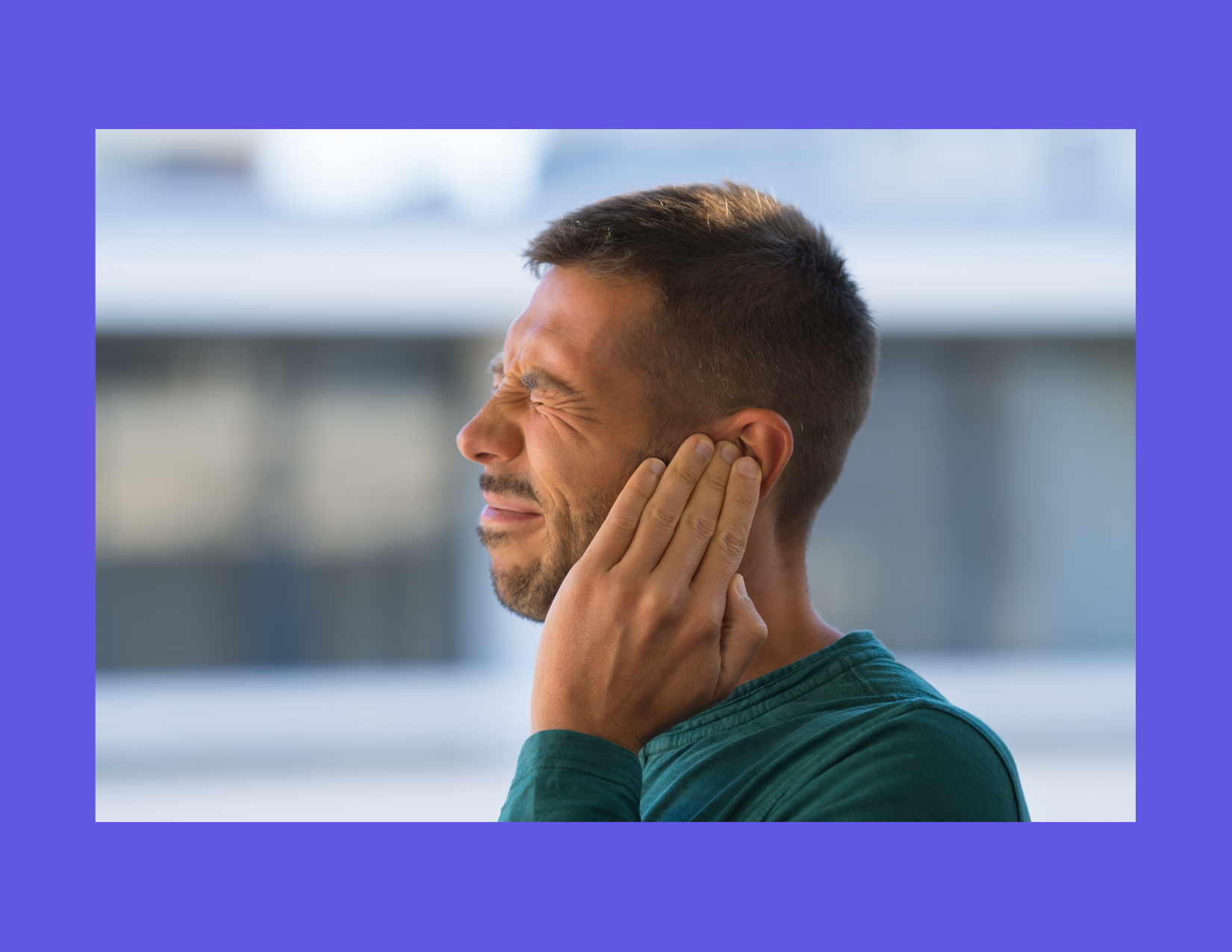
The Dot-Com Era and My Earache Experience
Dr. J's Personal Experience of Referred
Way back in the Dot-Com Era, I was a technical writer at a software company, slouching over my keyboard day after day. After a few years, I developed an earache that just wouldn’t quit, so I saw an ear-nose-throat guy. He poked and prodded and scoped, then declared that I had no infection–”It’s just TMJ.”
He then handed me my bill and scooted me out. I headed to the library–this was the early ‘90s, way before the internet consisted of more than fan sites for Friends–to learn what I could about this dreaded TMJ condition.
Understanding TMJ: What It Really Is
TMJ, or temporomandibular joint disorder, refers to the jaw joint, and it’s often used to describe dysfunction or irritation in that area.
Turns out that “TMJ” is just doctorspeak for the jaw, but the term is often used casually to refer to that joint when it is irritated or dysfunctional. I also learned that the TMJ can be irritated by constantly clenching the jaw, a habit that I’d been aware of but didn’t know could cause me trouble. And I further learned that TMJ discomfort can cause pain elsewhere in the body–the molars, the cheeks…even the ears.
Referred Pain
How Can One Pain Cause Another?
Why? Well, it’s because of how the human nervous system is interconnected. Nerve branches from different parts of the body often converge in common pathways to the brain. When this happens, the brain sometimes has trouble determining a pain signal’s origin, resulting in the sensation of pain in a perfectly healthy region. Ever heard that a heart attack can feel like intense pain in the left arm or jaw? Another case of referred pain.

Real-Life Example of Referred Pain
Katherine’s Struggle with TMJ
Trigger warning: Mention of Suicide.
Just last week, referred pain presented itself dramatically in my office. “Katherine” said that she was so miserable, she was contemplating suicide. She’d undergone a series of root canals to relieve a toothache, each only exacerbating her pain and adding new symptoms, such as an earache, vertigo, and blurred vision. She vented for a good twenty minutes, but I could tell within twenty seconds what the problem was.
Katherine’s tale of woe mentioned the two activities that occupy most of her waking time: driving a van and working on a laptop. Each of these can lead to slouching, which she was vividly demonstrating. Slouching stretches the muscles of the throat that attach under the jaw, pulling it open. Most people don’t sit with their jaws agape; when the mouth is pulled open, they engage their jaw muscles to keep it closed and avoid drooling in their laps. But the jaw’s powerful muscles evolved to bite, chew, and communicate, not to clench hour after hour.
Effective Treatment for TMJ and Postural Issues
I prescribed a treatment plan of physical therapy and spinal and TMJ adjustments to improve her posture. The headaches vanished after one visit, the vertigo and visual distortion after the second. Katherine is now a happy gal.

Don’t Ignore Mysterious Pain
How Cornerstone Health Can Help
If you're experiencing persistent earaches, jaw discomfort, or other unexplained pain, don’t wait. At Cornerstone Health, we can help you identify the root causes of your pain and provide effective treatment. Drop us a line today to start your journey toward relief.

J. McCrackan DC, CMT
Contact Me




